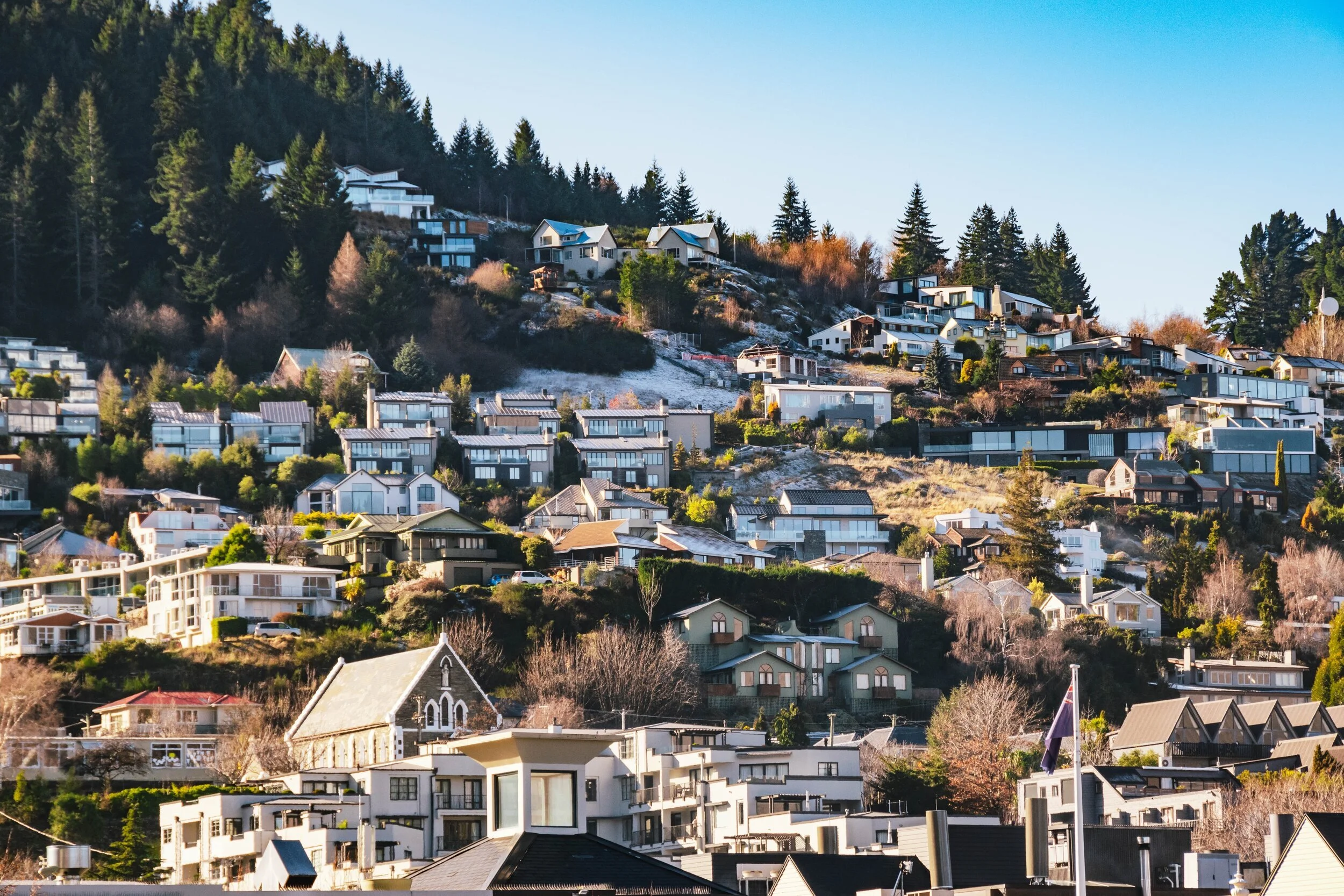Passive Housing; Fad or Future?
In recent years, we’ve seen the Passive Housing concept rise in popularity with more and more passive homes popping up both internationally and locally here in Wanaka too. In fact, since the first Passive House was built in Darmstadt, Germany in 1991, there are now over 30,000 Passive House buildings completed worldwide.
With our owner, Mark, heading to Christchurch next week to attend the PHANZ Certified Passive House Tradesperson three-day course, we thought it was perfect timing to introduce our readers to this rising trend before he returns to Wanaka bursting with information to share. So what is a Passive House, why has it become a leading international design standard, and is this the future of building?
Passive Housing is not a brand, but in fact a building concept and standard that can be applied by anyone, anywhere. The key features of a Passive House are:
Orientation and Shading
The impact of sun paths and shading to achieve thermal comfortForm Factor
The complexity of a building’s thermal envelope and shapeInsulation and Thermal Bridges
All components of the building envelope must be well-insulatedWindows and Doors
Arguably the single most important component to get right in any Passive House projectAirtightness
The key to attaining Passive House certification with a healthy indoor environmentVentilation
Important for feeling cosy and fresh inside the homeHot Water and Heating
The main drawcard of a Passive House; small energy bills for the future
Source: PHINZ
While the core purpose of our NZ Building Act 2004 is to ensure that “buildings have attributes that contribute appropriately to the health, physical independence, and wellbeing of the people who use them" (PHINZ, 2017), unfortunately the standard of housing here in Aotearoa is grossly underperforming. In fact, recent BRANZ research found visible mould in nearly half of all houses surveyed. This is where Passive Housing comes in. The long-term, ongoing benefits of building a Passive House far outweigh the slight increase in construction costs, which have been reported to be between 8-18% higher.
Some of the benefits of a Passive House are:
Heating bills are typically reduced by 90%
Heat loss, condensation and mould growth are eliminated
Consistent indoor air temperatures without heating
Ventilation systems ensure superior indoor air quality
Construction methods and materials ensure long-lasting homes
Now that’s quite the list!
In case you’re a visual learner and our bulleted lists aren’t working for you, we’ve also included this 90 second video below which gives an excellent summary about Passive House building. We look forward to sharing more insights with you once Mark returns from Christchurch - watch this space!

